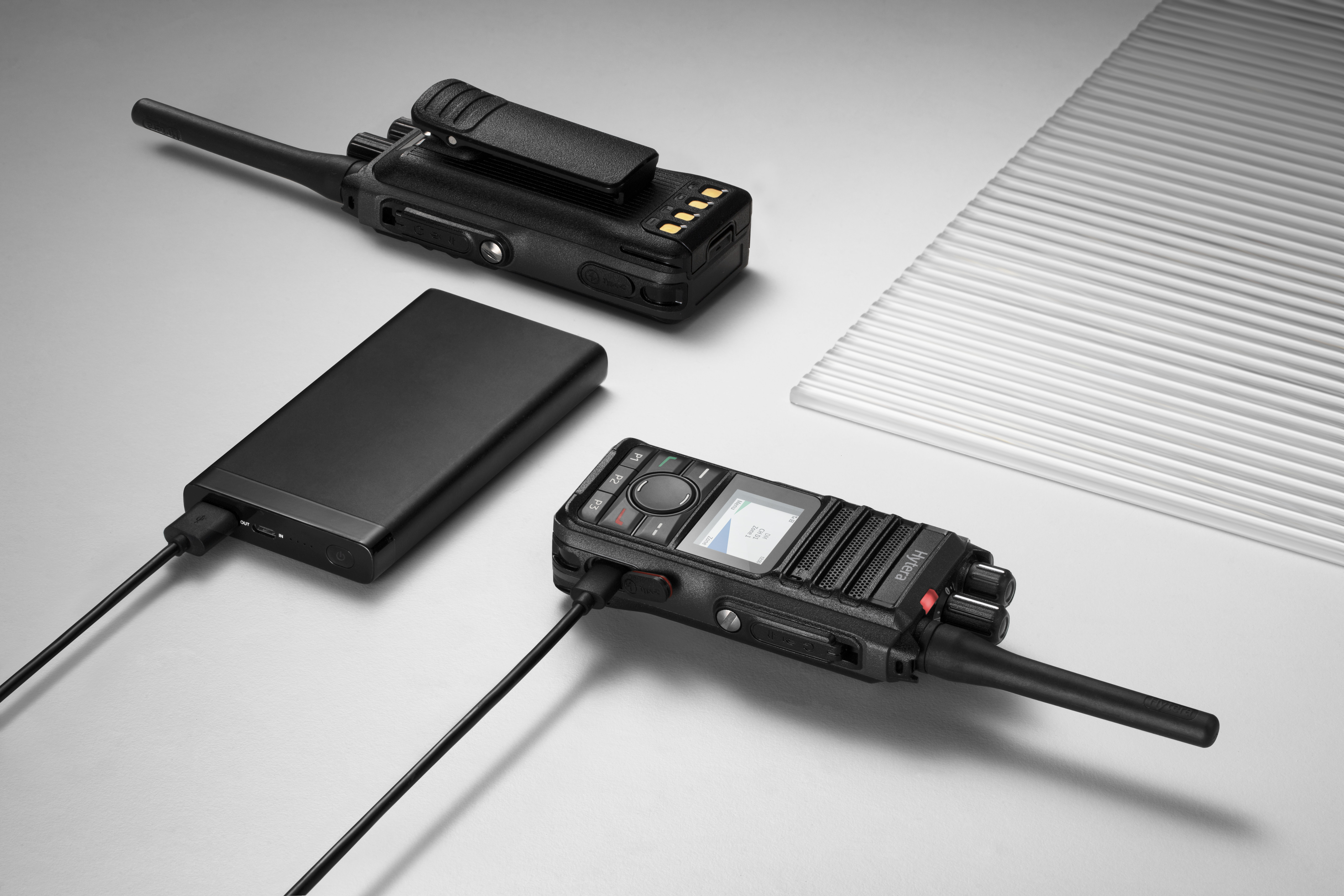Talk Longer: A Practical Guide to Walkie Talkie Battery Life
Walkie Talkies
Walkie Talkie Guide
Ever find yourself watching the battery bar tick down faster than your shift? One sweltering open field test had me scrambling for backups when our radio plunged from full to nearly empty in under four hours. Lesson learned: understanding real-world runtimes—and tailoring them to your specific needs—is critical.

Section 1: Understanding Battery Life Basics
A quick dive into the numbers and the factors that shape them.
Battery life boils down to three states: transmit, receive, and standby. Typical usage splits might be 25–30% transmit (pushing PTT), 50% receive (listening in), and 20–25% standby. On paper, a standard 2000 mAh Li‑ion pack claims 8–12 hours. In practice, environmental conditions, temperature, and signal strength can shift that range.
Benefit: Grasping this breakdown ensures you schedule swaps before radios die, keeping teams connected without surprises.
Section 2: Factors Affecting Battery Life
A closer look at what really drains (or conserves) your power.
Environmental conditions: Extreme heat or cold can reduce capacity; batteries perform best between 20–25°C (68–77°F).
Signal strength: In low-signal areas, radios boost power output, chewing through battery faster.
Transmit power setting: High-power mode drains quicker than medium or low settings.
Battery type: Hytera offers standard Li‑ion packs for daily use and Intrinsically Safe Li‑ion batteries for hazardous environments. The IS packs meet stringent safety standards but have slightly lower capacity due to protective casings.
Usage patterns: Frequent PTT bursts or long receive periods shorten runtime; more standby time conserves it.
By pinpointing your biggest drains, you can plan operations and spares with confidence.
Section 3: Tips to Extend Battery Life
Proven hacks from the field.
1. Match battery type to conditions: Use Intrinsically Safe packs in hazardous sites and standard packs elsewhere to balance safety and capacity.
2. Optimize transmit power: Switch to low or medium when coverage allows—this simple shift can add an extra hour per shift.
3. Enable power-saving modes: Activate sleep or scan modes during idle periods to conserve juice.
4. Maintain healthy charging habits: Store at room temperature, avoid deep discharges, and top off batteries after every shift.
5. Rotate spares regularly: Keep backup batteries charged and rotated into service to ensure freshness.
6. Utilize built-in USB-C charging: Walkie talkies equipped with a Type‑C port let you plug in a power bank or even use a phone charging cable for quick top‑ups right when you need them—perfect for road crews or overnight shifts.
Stretching battery life reduces downtime, limits spare inventory, and lowers overall costs.
Section 4: Tailoring Battery Solutions for Public Safety vs. Business Users
Guidance on matching battery life and charging methods to your user group.
Public Safety Teams: Officers and first responders demand long runtimes (12+ hours), rapid-charge docking stations, and backup power systems to ensure no loss of comms during emergencies. Intrinsically Safe batteries often pair with multi-unit chargers in command centers for fast turnaround.
Business & Event Staff: Daily operations (8–10 hour shifts) benefit from standard packs, portable USB-C chargers, and on-the-go charging solutions like power banks. Flexibility and cost-efficiency are priorities.
Understanding these distinct needs helps you deploy the right mix of batteries, chargers, and accessories to maximize uptime and readiness.
Wrapping Up
Battery anxiety doesn't have to be part of your daily prep. With insights on runtime factors, user-specific demands, power-saving habits, and tech choices, you'll keep every team talking from dawn until dusk.






